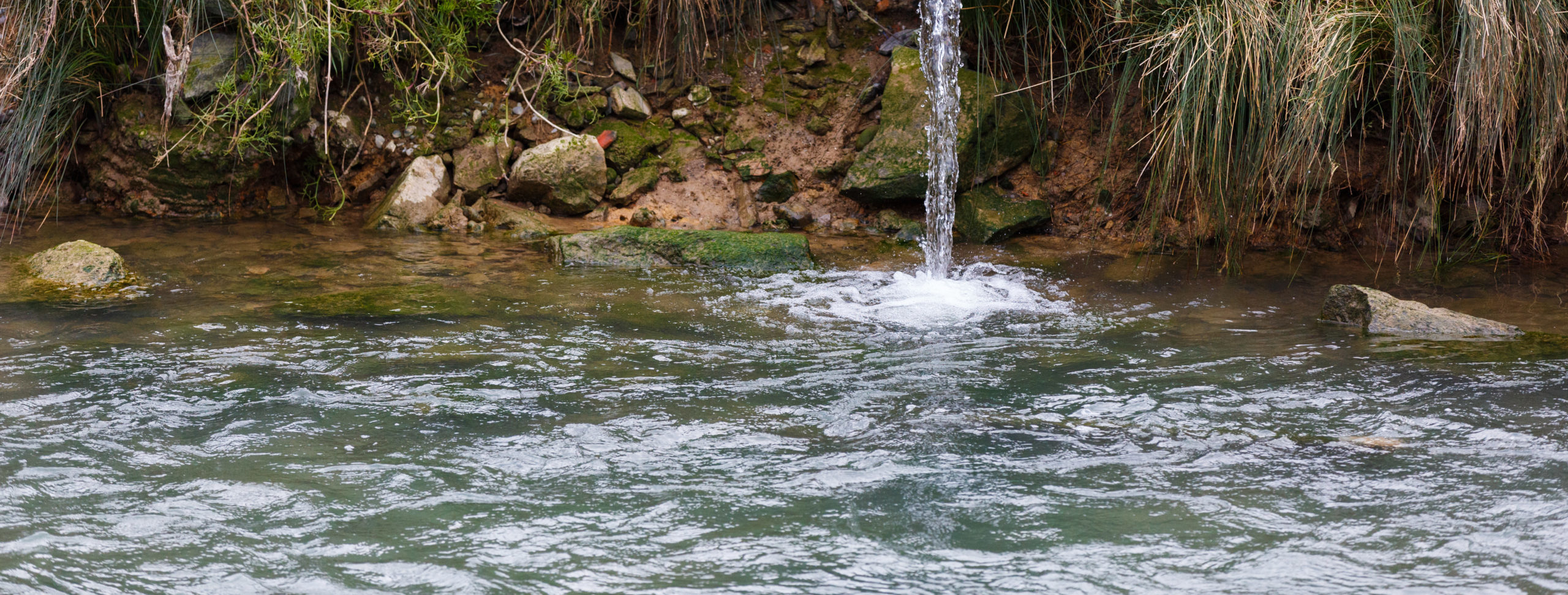With the growing number of environmental concerns such as global warming and pollution, attention has been paid to the impact of industrial and human activity to ensure the protection of the planet. While historically, most studies and biomonitoring programs have focused on environmental chemicals such as metals and pesticides, there are an increasing number of scientific publications that investigate the environmental fate and ecotoxicity of low- and no-calorie sweeteners (LNCS). Though the U.S. Food and Drug Administration (FDA) and the Joint Expert Committee on Food Additives (JECFA) has thoroughly reviewed the scientific evidence regarding these sweeteners and have regarded them as safe for both human consumption and the environment, some questions remain about the impact of LNCS exposure in the environment.
A number of studies have reported the detection of certain sweeteners in sludge and wastewater. However, these levels are very low and most sweeteners are completely biodegraded in the environment and will not accumulate in the tissues of living organisms. No studies to date have found that the presence of LNCS in the environment result in adverse health outcomes, and no chronic data on any potentially toxic effects of the sweeteners at the population, community, ecosystem and biosphere levels are available.
Conclusions from these studies:
1. Acesulfame potassium is quickly absorbed into systemic circulation following human ingestion. Following its almost complete absorption, Ace-K is not metabolized and is primarily excreted via the kidneys.1-2
2. Studies have reported low concentrations of Ace-K in the environment, which suggests that it can be extensively biodegraded in the environment.3-5 Researchers have also shown that Ace-K can be broken down by sunlight, enhancing the degradation of Ace-K in the environment.6
3. Though chronic data is lacking, no ecotoxicological effects were reported for Ace-K at concentrations well above those detected in the environment, indicating a negligible risk to aquatic organisms.3,5
Something in the Water
Assessing Aquatic Toxicity of an Artificial Sweetener, Acesulfame Potassium
The use of artificial sweeteners worldwide has increased in recent times. Because most of the artificial sweeteners we consume will be excreted from the body without being digested, they can accumulate in our surrounding environment, particularly in the water. This has led to a lot of concern that artificial sweeteners may become an environmental risk if they are not “biodegraded” in nature. One particular sweetener, acesulfame potassium (ACE-K), better known as “Sunnet®” or “Sweet One®”, is very popular, but we know very little about where it goes after entering our sewers and how risky the compound is for underwater organisms.
For more information, read the original journal article from the Society of Environmental Toxicology and Chemistry.

References
1. Magnuson, B.A., Carakostas, M.C., Moore, N.H., et al. 2016. Biological fate of low-calorie sweeteners. Nutr Rev 74,670-689.
2. Lipinski, G., Hanger, L.Y. 2001. Acesulfame K. In Nabors, L. (Ed) Alternative Sweeteners, 3rd. ed. New York, NY: Mercel Dekker.
3. Buerge, I.J., Buser, H.R., Kahle, M., et al. 2009. Ubiquitous occurrence of the artificial sweetener acesulfame in the aquatic environment: an ideal chemical marker of domestic wastewater in groundwater. Environ Sci Technol 43, 4381-4385.
4. Ordonez, E.Y., Quintana, J.B., Rodil, R., et al. 2013. Determination of artificial sweeteners in sewage sludge samples using pressurized liquid extraction and liquid chromatography tandem mass spectrometry. J Chromatogr A 1320, 10-16.
5. Subedi, B., Kannan, K. 2014. Fate of artificial sweeteners in wastewater treatment plants in New York State, U.S.A. Environ Sci Technol 48, 13668-13674.
6. Perkola, N., Vaalgamaa, S., Jernberg, J., et al. 2016. Degradation of artificial sweeteners via direct and indirect photochemical reactions. Environ Sci Pollut Res Int 23, 13288-13297.
